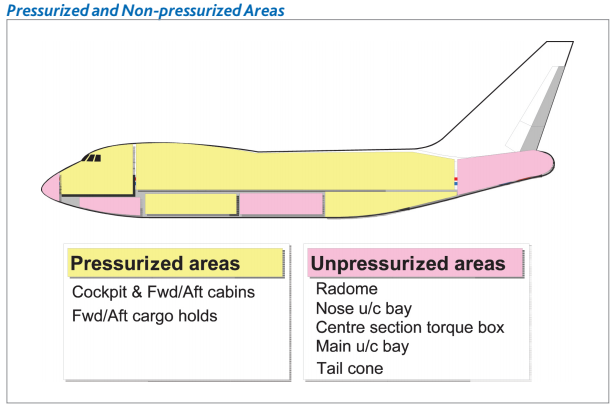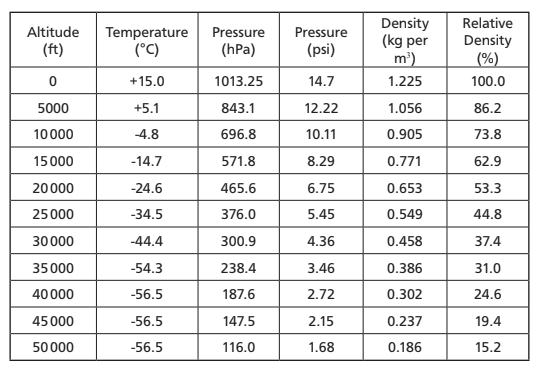High Speed or the modern aircraft’s are efficient and fuel saving at high altitudes.In order to take advantage of these properties the interior of an aircraft flying at high altitude is pressurized to allow passengers and crew to function normally without the need for additional oxygen.
Insufficient O2,( Hypoxia) will give a negative effect to a overall human performance such as nausea, lack of concentration, vomiting, & etc.
Up to an altitude of 10000 ft (3.3 km), the air pressure and consequently the amount of oxygen is sufficient for humans to operate without too many problems. However, lack of oxygen can become apparent at altitudes above this and cabin pressurization systems are designed to produce conditions equivalent to those of approximately 8000 ft (2.6 km) or less. This means that there is no need for oxygen equipment except for emergency use by crew or passengers and the effect of low atmospheric pressure on passengers is negligible.
Once the cabin altitude exceeds of 10 000 ft, the crew should be on Oxygen mask whereas the remaining passenger will be on their oxygen mask when the cabin altitude reaches 15 000 ft.
What is cabin altitude?
Cabin altitude is defined as— Cabin pressure, in terms of altitude, above the mean sea level, while the aircraft cruising at a certain altitude.
The overall differential pressure between the cabin pressure altitude and the ambient pressure should not exceed 8-9 psi or a negative differential pressure of -0.5 ot -1.0.

Differential Pressure = Cabin Pressure – Ambient Pressure (Outside of Aircraft)
The difference in pressure between the inside and outside of the pressurized areas of the
aircraft or differential pressure produces hoop stresses which are applied cyclically every time the aircraft is pressurized and de-pressurized causing fatigue which can, ultimately, lead to structural failure.
How a Cabin Pressure Is Maintained?
Cabin Pressurization is controlled by having a constant mass flow of air entering the cabin and then varying the rate at which it is discharged to atmosphere. The constant mass flow of air is supplied by the air conditioning system via the mass flow controller and is discharged to atmosphere by the discharge or outflow valves.
The operation of these valves is governed by the pressure controller when in automatic control and by the flight crew when in manual.
System Instrumentation
The minimum indications required for a pressurization system are:
• Cabin Altimeter. This gauge reads cabin pressure but is calibrated to read this in terms of the equivalent altitude of the cabin.
• Cabin Vertical Speed Indicator. This indicates the rate at which the aircraft cabin is climbing or descending.
• Cabin Differential Pressure Gauge. This indicates the difference in the absolute pressure between the inside and outside of the aircraft cabin and is generally calibrated in psi. In the event of a malfunction of the pressure controller or outflow valve, this instrument would indicate that the safety valves were controlling the cabin pressure at the structural (emergency) maximum pressure differential.



